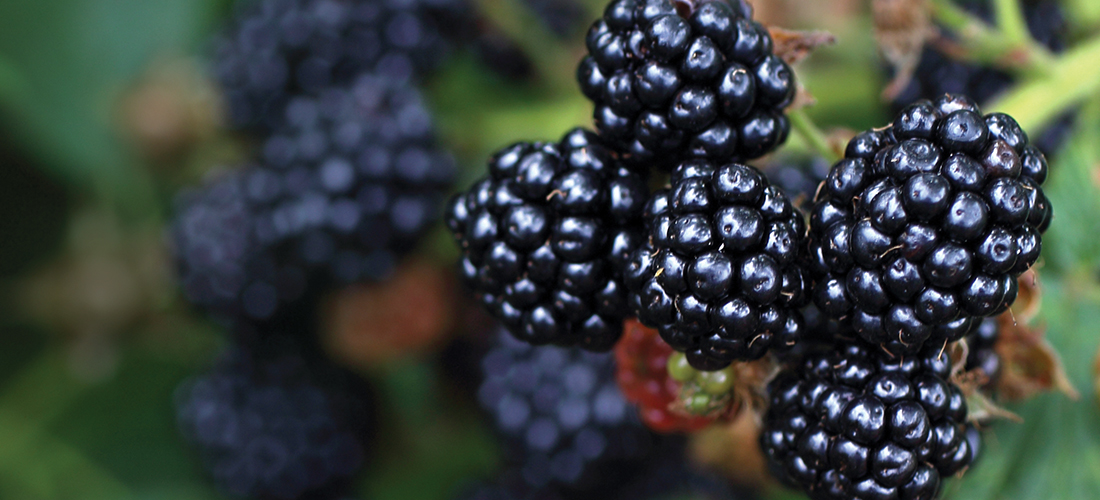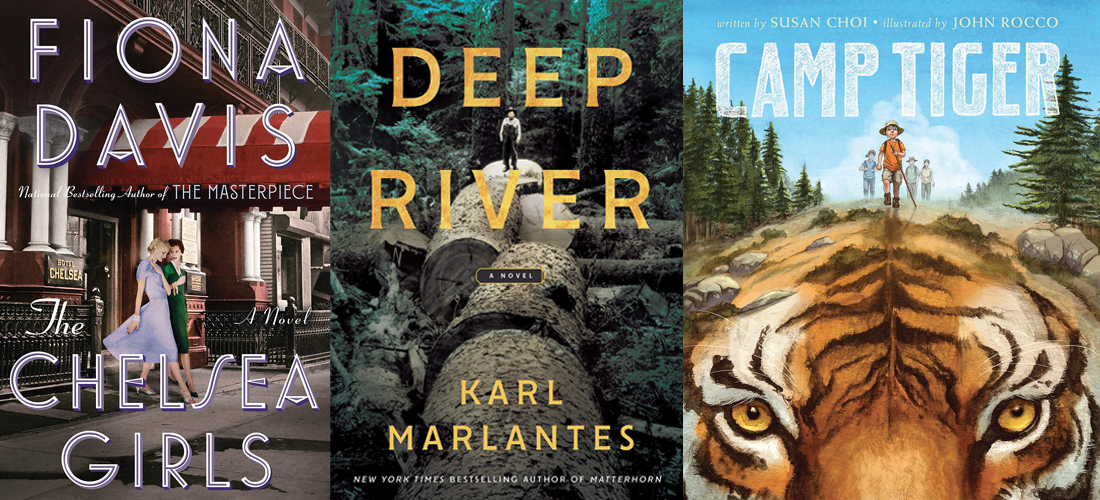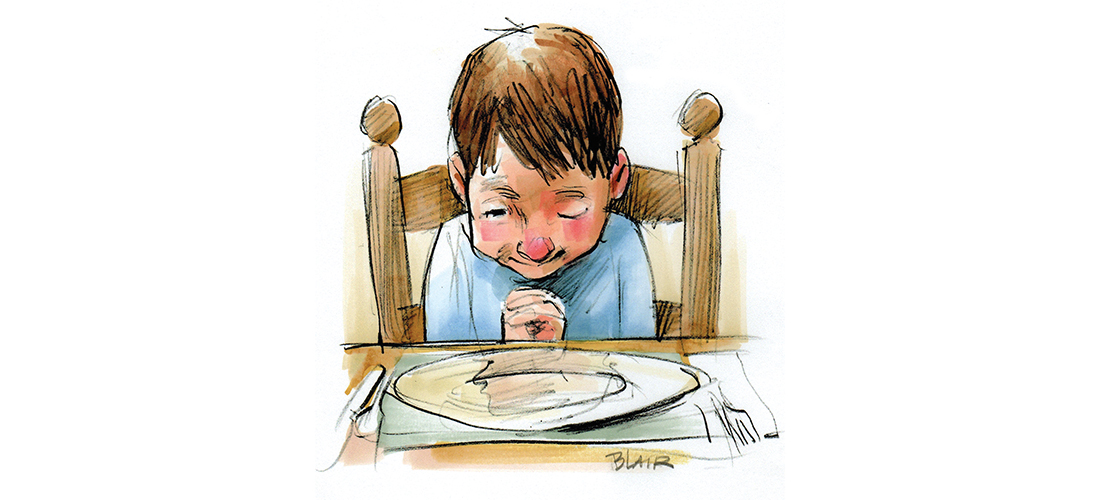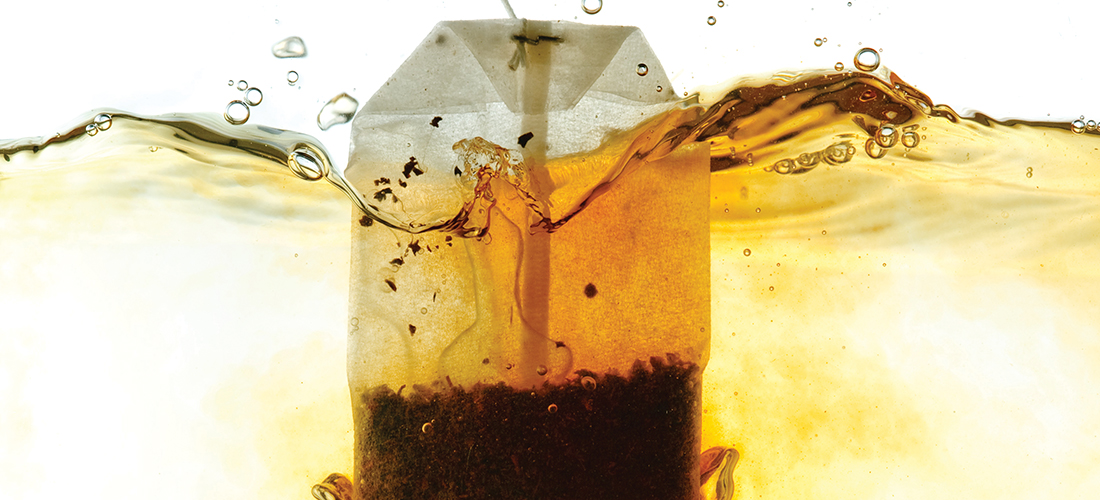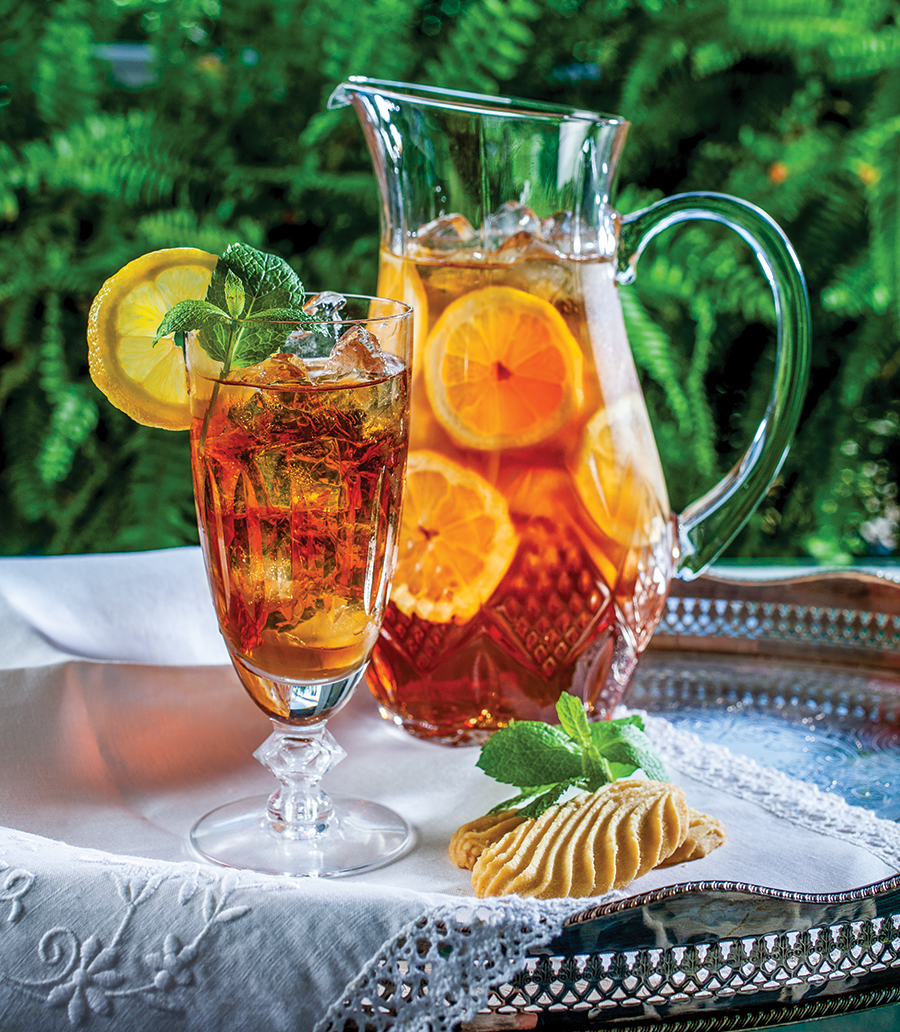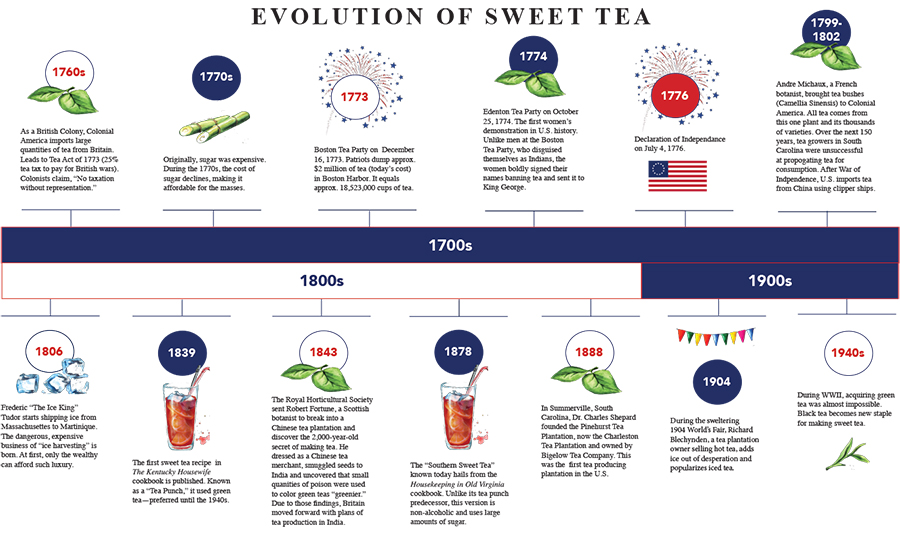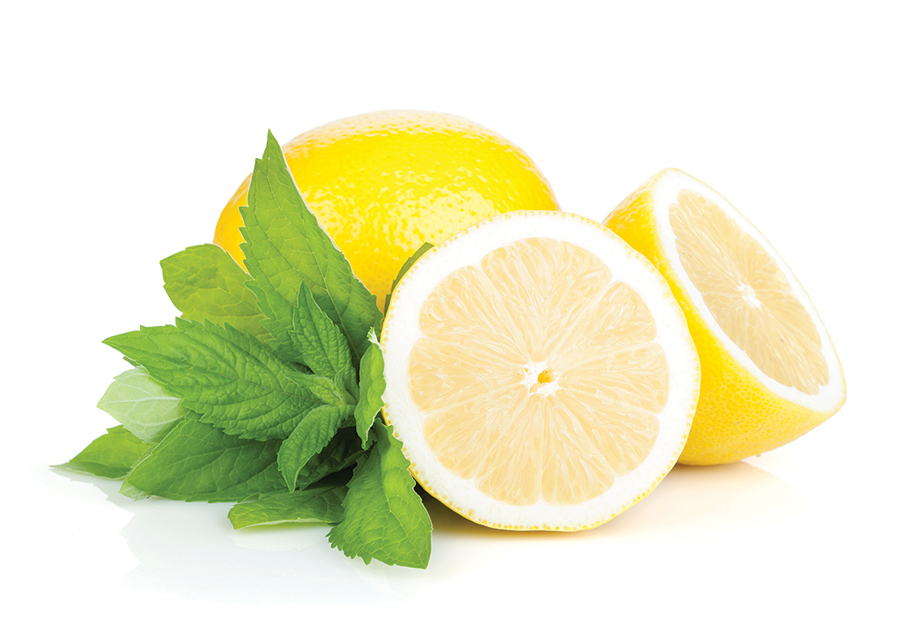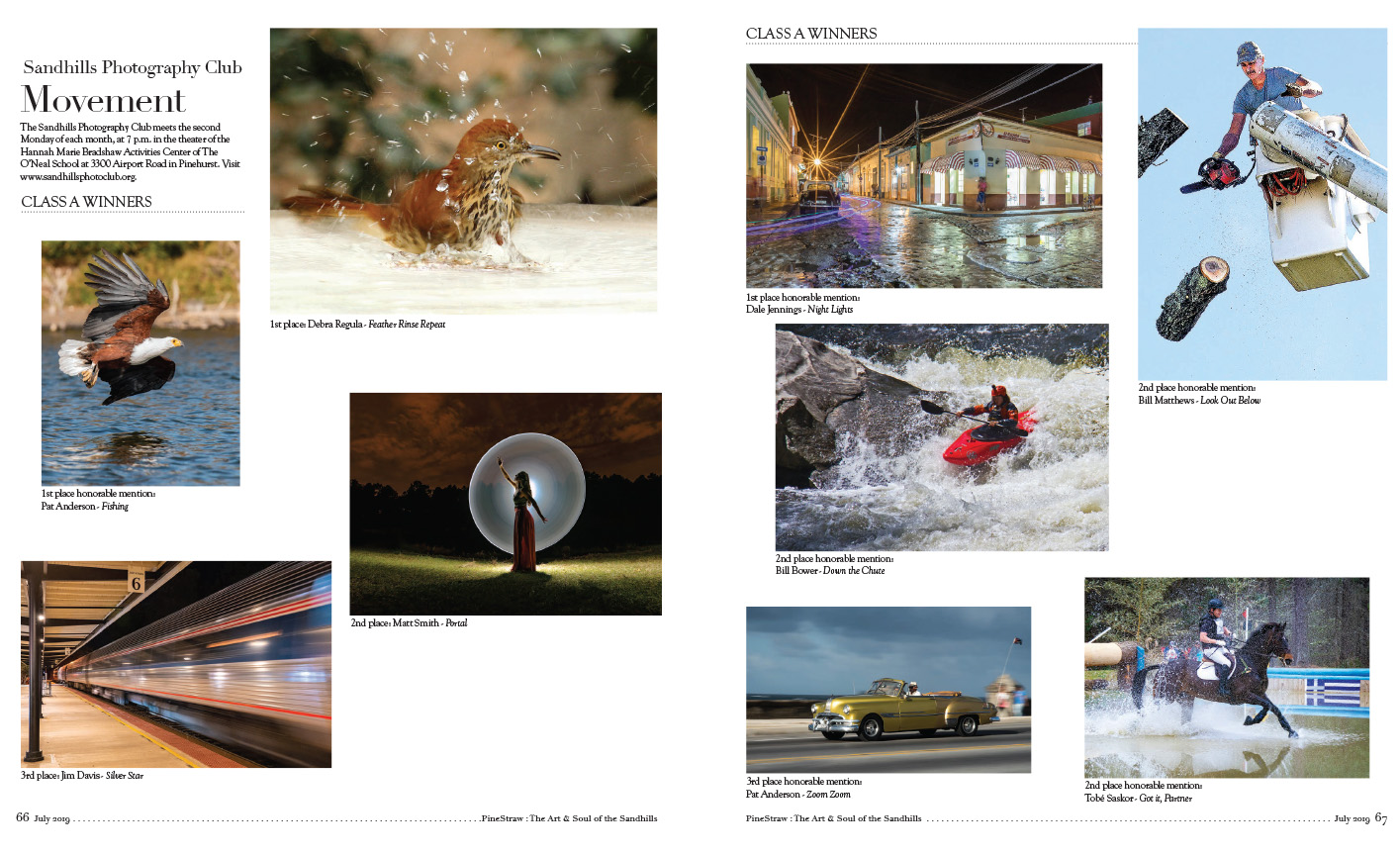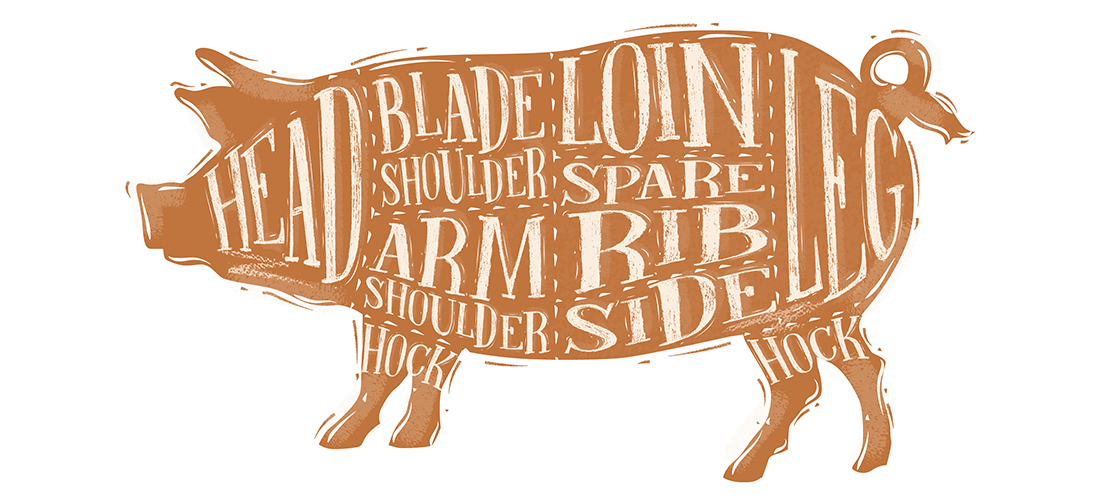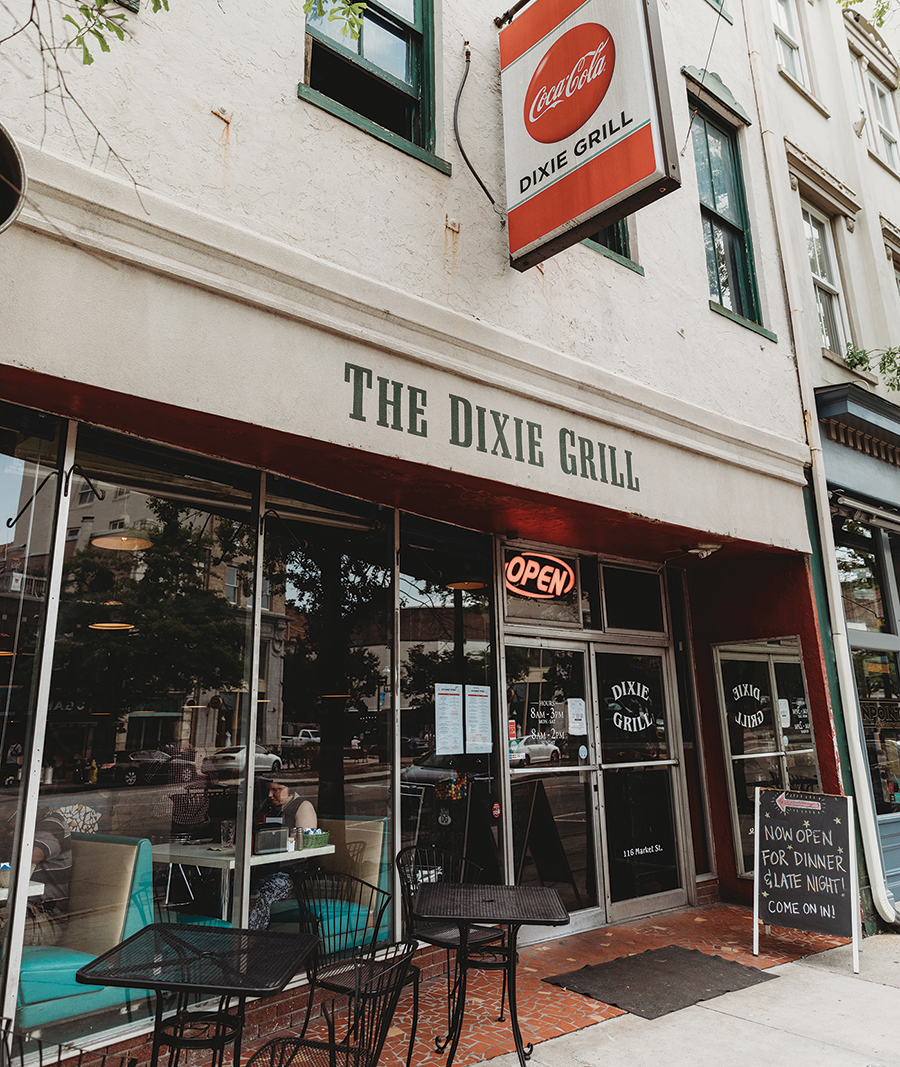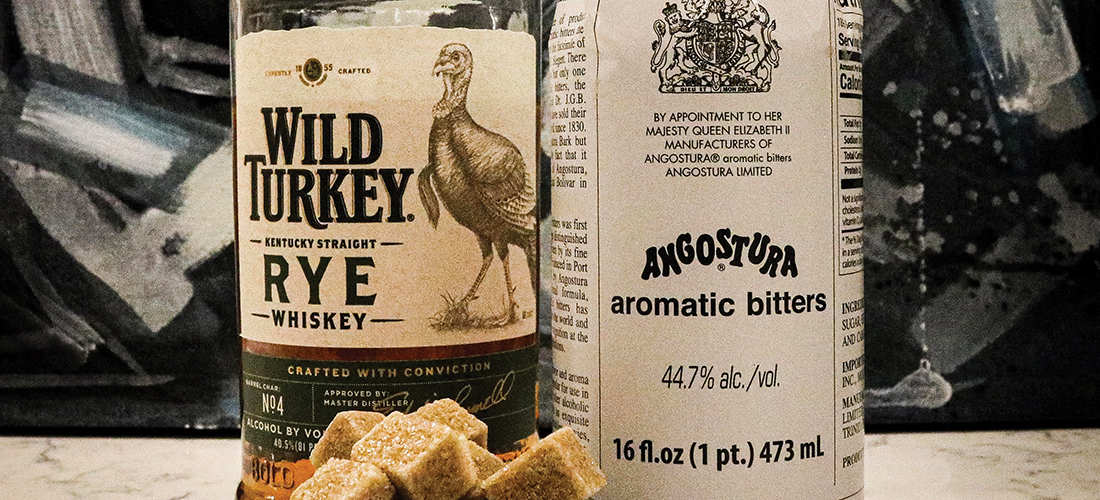A pig picking — down-home and dramatic all at the same time. Invite the neighborhood and ice down plenty of beer.
By Jane Lear
When my editor asked me to write about a pig picking — that is, a roasted whole hog and one of the world’s epic, roll-up-your-sleeves culinary projects — I realized I would be inviting the sort of controversy that sparks thoughts of witness protection or, at the very least, a pseudonym. As John Shelton Reed and Dale Volberg Reed point out in Holy Smoke: The Big Book of North Carolina Barbecue, the problem is that, when it comes to cooking a whole pig, “there are reputable, sometimes renowned, pitmasters who would tell you something different at each and every step. Literally, each and every one.” They are not kidding.
The Backstory
“The first pig roasts were occasions for families and communities to get together, and you’ll find various renditions all over the world,” wrote Jim Auchmutey in the “Foodways” volume of The New Encyclopedia of Southern Culture. The barbecue tradition of the American South has its roots in the Caribbean, “where Spanish explorers of the early 1500s found islanders roasting fish and game on a framework of sticks they called (in translation) a barbacoa,” Auchmutey explained, adding that the first barbecuers were typically African slaves who combined their native methods of roasting meat with expertise picked up in the West Indies.
There are numerous knowledgeable websites (including those of the Southern Foodways Alliance and the North Carolina Barbecue Society) devoted to barbecue, and it’s the subject of some great books. Among the favorites in my library are the aforementioned Holy Smoke as well as Smokestack Lightning: Adventures in the Heart of Barbecue Country, by Lolis Eric Elie, and Barbecue Crossroads: Notes and Recipes From a Southern Odyssey, by Robb Walsh. What I’m trying to say is that in the space provided here, all I can do is drive slow and point out a few landmarks.
The Meat
In most of the South, barbecue means pork, and particularly in eastern North Carolina, it means the whole hog. You can order a conventionally raised whole hog from a butcher, but if you prefer eating meat that is raised with the welfare of the animals and the environment in mind (hog farming can be especially brutal to both), you may want to seek out a local sustainable farm, or order from one such as Cane Creek Farm, in Saxapahaw. It’s known far and wide as a producer of absolutely delicious pork from pastured heritage breeds: In other words, those pigs only have one bad day. Cane Creek sells whole hogs for pig pickings, and you’ll find all sorts of useful information on their website.
“Whole hog,” by the way, doesn’t actually mean the entire hog, but one that’s been “dressed” — that is, had the feet, tail, and innards removed and the bristles scraped off. Many people prefer to have the head removed as well. Be sure to get the hog with the skin on, though, and ask for it butterflied so you can spread it open on the cooker. Because you may still need to crack the ribs to open the carcass all the way, you may even want to order the pig split down the backbone into halves, which will make it easier to flip. On a practical note, a whole hog is too big for the refrigerator and most coolers, so the most common place to stash it is in the bathtub with lots of ice. Just saying.
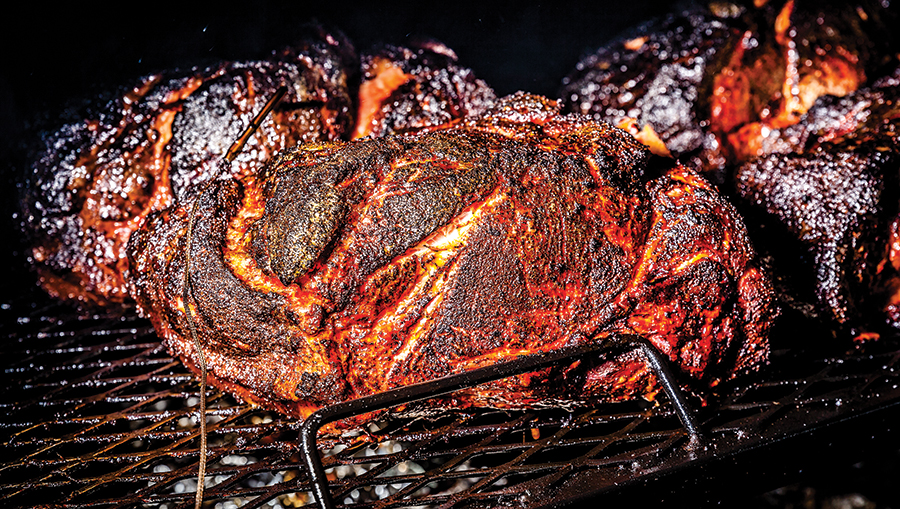
The Fuel
In a perfect world, you’d start with half a cord of well-seasoned hardwood logs and burn them down, but about 70 pounds of hardwood lump charcoal is a good compromise. You’ll also want lots of water-soaked hardwood chunks to add to the burning coals for smoke. Avoid mesquite; although it’s great for Texas-style beef brisket, it’s too strong for pork. Instead, choose hickory, oak, a fruitwood such as apple, or a mix.
The Method
The easiest option is to rent a charcoal (not propane) cooker, which you can tow behind a car, or plunk down a chunk of change for a Cuban-style caja china (Chinese box), available at Williams-Sonoma and other online sources. A caja china is simple to use, but although it results in beautifully moist lechón pork, you won’t get much of a smoky whomp. A spit-roaster is yet another alternative, but again, you‘re not going to get the smokiness that aficionados crave.
If, however, you’re the sort of person who can build a raised garden bed, you may not think twice about knocking together a temporary cinderblock pit. It helps to have a truck-owning friend who owes you one, and a place nearby where you can buy supplies such as a sheet of expanded metal. (Avoid galvanized metal, which can give off toxic fumes.) It’s also helpful to have a kettle grill or fire pit to get additional coals working; that way, you can add them to the pit as needed.
“The coals go in a pit and the meat is put more or less directly above them, at some distance (to keep the cooking temperature low),” explain the Reeds. “The meat is kept moist by frequent mopping (basting), and most of the smoke comes from the meat drippings and basting sauce hitting the hot coals (coals produce very little smoke on their own). It’s hard to improve on this technique for cooking whole hogs.”
The Game Plan
Decide when you want to eat and work backward. Build the pit and lay in supplies a few days ahead. Think about delegating authority for the playlist, beer, snacks and the graveyard shift. As far as the cooking goes, give yourself plenty of leeway; depending on the size of the hog, the Reeds suggest at least 12 and up to 14 hours, start to finish.
The Equipment
One or two large chimney fire starters
An oven thermometer (a remote-read type is nice but not necessary)
A meat thermometer
Heavy gloves (for you and a sidekick)
A squirt bottle of water to control flare-ups
An Eastern North Carolina style barbecue sauce (see below)
The Roasting
There are numerous how-to’s online, so I’m not going to take up space here with the nitty-gritty. But here are some handy tips from the Reeds and various other backyard pitmasters.
When shoveling hot coals into the pit, put more under where the thick, slow-cooking hams (hind legs) and shoulders of the hog will be. Check the oven thermometer; the temperature at grill level should reach 225–250 degrees Fahrenheit. Put a half-dozen water-soaked wood chunks where they’ll smolder, but not directly under the pig. Then put the pig, skin side up, on the grate and cover.
After a while, start another batch of charcoal. Every half hour, check the temperature of the pit. If it’s dropping off, put more hot coals under the shoulders and hams and a couple of hardwood chunks off to the side. Use a shovel to push the dying embers into the middle of the pit to cook the ribs and loin.
After six or seven hours, the hams and shoulders should be looking nicely browned and wrinkled. Stick a meat thermometer in those thick parts — don’t touch the bone — and see if the temperature has reached 165 degrees. Keep cooking until it reaches that temperature, even if it takes much longer.
When it reaches 165 degrees, you and a friend don those heavy gloves and gently turn the pig over. You may need a spatula or (clean) shovel to loosen it first. Don’t worry if the pig comes apart when you do this. Once the skin side is down, you’ll be looking at the ribs. Generously fill the cavity with sauce, and mop the shoulders and hams, too.
Let the meat cook another couple of hours, adding coals and wood as needed, until your meat thermometer reads at least 180 degrees in every part of the animal. The rib and shoulder bones should pull away with no resistance.
The Sauce
This “Old-Time Eastern North Carolina Barbecue Sauce,” which appears in the Reeds’ Holy Smoke, is staggeringly simple. Just mix together 1 gallon cider vinegar, 1 1⁄3 cups crushed red pepper, 2 tablespoons black pepper, and 1⁄4 cup coarse salt and let stand for at least 4 hours.
The Payoff
You can serve the cooked pig as is, pig-picking style, so that guests can choose what they like — moist, tender, pale “inside meat” or the dark, smoky, bark-like “outside meat.” Don’t be surprised if folks don’t stray far from the pit, but simply stand around the carcass, picking the meat right off the bones. Or you can chop or pull the meat for a luscious mix of the two, dress it with some remaining sauce, and add in some crunchy cracklings for yet another texture. The traditional way to eat pulled pork is to sandwich it, along with a generous dollop of coleslaw, in a hamburger bun.
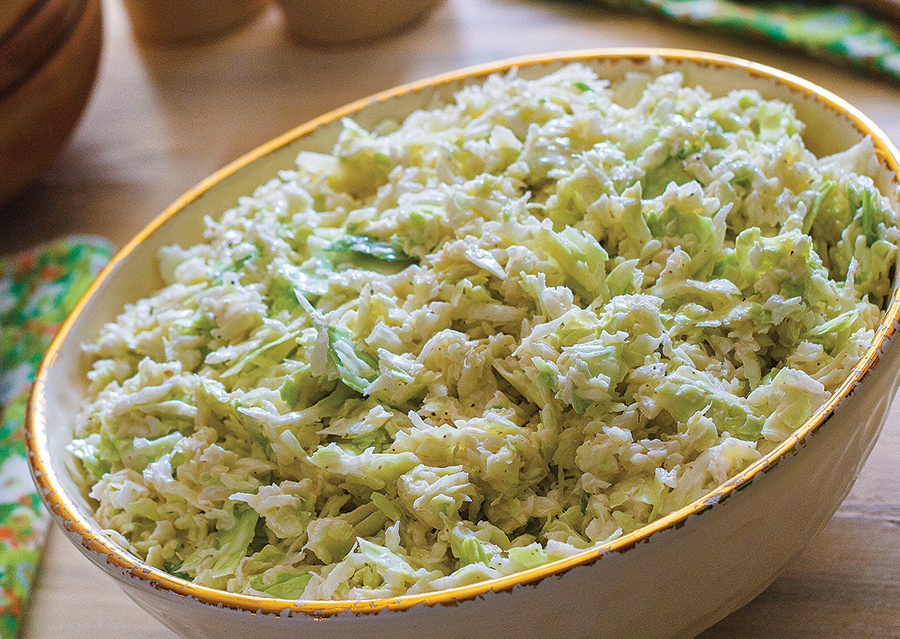
The Sides
Pork is the star of any self-respecting pig picking, but you (or the kind souls who volunteered) will feel obligated to round out the feast with side dishes. And although there is absolutely nothing wrong with baked beans out of a can or jumbo bags of barbecue potato chips, upping the drama quotient, so to speak, can be part of the fun.
If you have a kettle grill going for those additional coals, for instance, it’s an easy matter to grill corn on the cob. Here’s how: Pull back the corn husks but leave them attached at the base of each ear. Remove the corn silk, then put the husks back around the ears. Grill over moderately hot heat, turning frequently, about 10 minutes. Let the corn cool a few minutes, then holding each ear with a kitchen towel, peel back the husk and discard. Serve with mayonnaise blended with a little of the Thai chile sauce called sriracha, the North African chile condiment called harissa, or minced canned chipotles in adobo (all available at supermarkets).
When it comes to potato salad, if you are lucky enough to find honest-to-goodness new (that is, freshly dug) small potatoes, with their thin, delicate skins, at the market or farm stand, there’s no reason to camouflage their earthy flavor with mayo and bits of hard-boiled egg. Simmer the spuds in well-salted water until tender, about 15 minutes or so, and cut into quarters when cool to the touch. Drizzle with extra-virgin olive oil and gently toss with finely chopped shallot, chopped fresh thyme leaves (include some thyme flowers if you’re harvesting out of the garden) and/or parsley. Add salt and freshly ground pepper to taste.
One of the things I learned during my tenure at Gourmet magazine is the wonderful affinity watermelon and tomatoes have for one another, and I love the combination to this day. Stir together chunks of seedless watermelon and juicy sun-ripened tomatoes. Add some crumbled feta, chopped cilantro, extra-virgin olive oil, white balsamic vinegar, and salt and pepper to taste. Serve on a bed of arugula or watercress or just as is.
You were getting a little concerned that I was going to snub coleslaw, weren’t you? Not to worry. Coleslaw, with its coolness and snap, transcends the categories of salad, side, relish, and sandwich topping with confidence and ease. And as with other age-old dishes, variations abound. Craig Claiborne’s coleslaw (see box below) is an homage to the straightforward type you’ll find in Goldsboro, and it is hard to beat.
Reality Check
If roasting a whole hog sounds like more than you bargained for, take heart. Especially if you are new to outdoor cooking or can’t undertake the considerable investment of time and money, there’s no shame in starting with something smaller and more manageable, like a pork shoulder. Specifically, I’m talking about a Boston butt, the meaty upper part of the shoulder that’s also called pork butt or butt end of a pork shoulder roast. A bone-in Boston butt usually weighs a good 8 to 10 pounds, and it can be cooked on the grill. Any which way, the result is hog heaven.
Goldsboro Coleslaw
Adapted from Craig Claiborne’s Southern Cooking (Times Books, 1987)
Serves about 6
The last two ingredients in this recipe — a tiny amount of sugar and cayenne or smoked paprika — are my usual embellishments, but I sometimes include grated carrot as well and/or a drizzle of rice vinegar. For a tangier coleslaw, replace some of the mayo with a dollop of sour cream. When tinkering, don’t forget to taste as you go. You can always add more mayo, salt, or cayenne, for instance, but you can’t remove them once they’ve joined the party.
1 small cabbage (about 1 1/2 pounds)
1 1/2 cups mayonnaise
1 cup finely chopped onion
Coarse salt and freshly ground pepper
A scant 1/2 teaspoon sugar (optional)
A pinch of cayenne or Spanish smoked paprika
1. Remove the core of the cabbage and the tough or blemished outer leaves. Cut the head in half and shred fine. There should be about 6 cups. Coarsely chop the shreds and put them into a mixing bowl.
2. Add the mayonnaise, onion, salt, and pepper and toss to blend well. Let the slaw sit about 30 minutes so the cabbage wilts a bit and the flavors have a chance to mingle. PS
Jane Lear, formerly of Gourmet magazine and Martha Stewart Living, is the editor of Feed Me, a quarterly magazine for Long Island food lovers.

